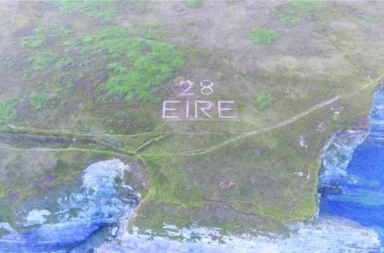Last year, 20,020 homes were donated, according to the INE. Donations are not exempt from taxation and the tax that regulates them is the Inheritance and Donations Tax, which depends on each Autonomous Community. In the case of receiving a donation of a home, the rule that applies is that of the Autonomous Region where the house is located. If what is donated is money in cash to buy a flat, the rule that applies is that of the Autonomous Region in which the habitual residence of the donee is located (where they have spent the most days in the last five years prior to the donation), as lawyer José María Salcedo, partner at the Ático Jurídico law firm, reminds us.
In order to calculate the tax payable by the beneficiary of the donation, it is essential to know the relationship between the donor and the donee, as well as the pre-existing assets of the beneficiary of the donation. For example, in most of the Autonomous Communities, donations between parents and children are subsidised or can benefit from reductions. Thus, the more distant the relationship, the more tax will have to be paid.
For example, in the Community of Madrid, Inheritance and Gift Tax is reduced to 99% if the donation of a home is a first degree of kinship (parents and children, for example).
Another tax that the child or relative «rewarded» with a property will have to pay is the Municipal Capital Gains Tax. And this is unless, as the Ático Jurídico lawyer reminds us, it can be demonstrated that the value of the land is now lower than it was when the donor acquired it.
It is a local tax, so it is each local council that establishes the applicable tax (which is calculated on the cadastral value of the land to which a coefficient is applied depending on the years in which the donor has had the flat and subsequently a rate is applied which, in no case, can be higher than 30%).
In addition, the donee will also have to pay the Real Estate Tax (IBI) in the future, as the owner of the property.
But the donor will also have to settle with the tax authorities. He or she will have to pay the IRPF, even though he or she has not sold the flat, but has given it to a relative as a gift.
As far as personal income tax is concerned, if the difference between the acquisition value of the property and the actual value at the time of the donation results in a gain, this gain will be taxed in the donor’s personal income tax at the rate of 19%-23%, depending on the amount of the profit obtained.
But if a loss is generated (because the current real value of the flat is lower than the acquisition value), then this loss cannot be included in the IRPF. However, José María Salcedo recalls that the TEAR of Valencia has considered that such losses could be included in the IRPF declaration, and could be compensated with the profits obtained in the year, and in the following four years.
Community of Madrid
The donation of a house or any other property is tax deductible at 99% when the beneficiary is a descendant (child, grandchild…), spouse or ascendant (parents, grandparents…) and adoptee. This means that you will only have to pay 1% of the Donation Tax.
Let’s look at an example: A father donates to his son a property, located in the Community of Madrid, whose value is 200,000 euros. The son, who receives the donation, has to pay Gift Tax. Having made the appropriate calculations, he would pay a tax liability of 31,621.21 euros and, applying the rebate that the Community of Madrid has regulated since 01/01/2006, he would only pay 316.21 euros (1% of 31,621.21 euros).
For donations that have taken place since 1 January 2019 between uncles and nephews and nieces (third degree collaterals by blood) a 10% rebate on the Donations Tax will be applied. And if the donation is between siblings, the rebate will be 15%.


